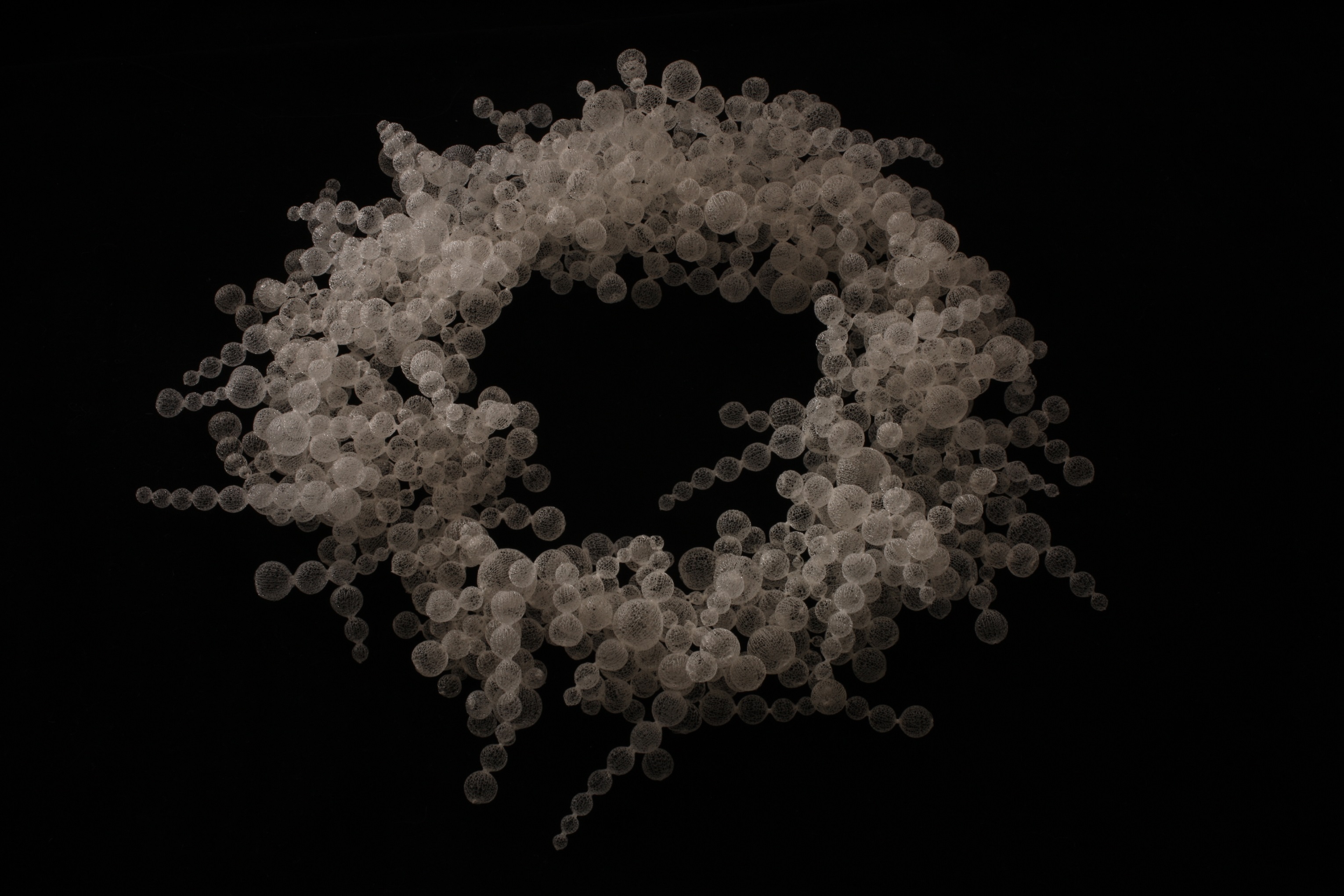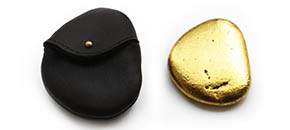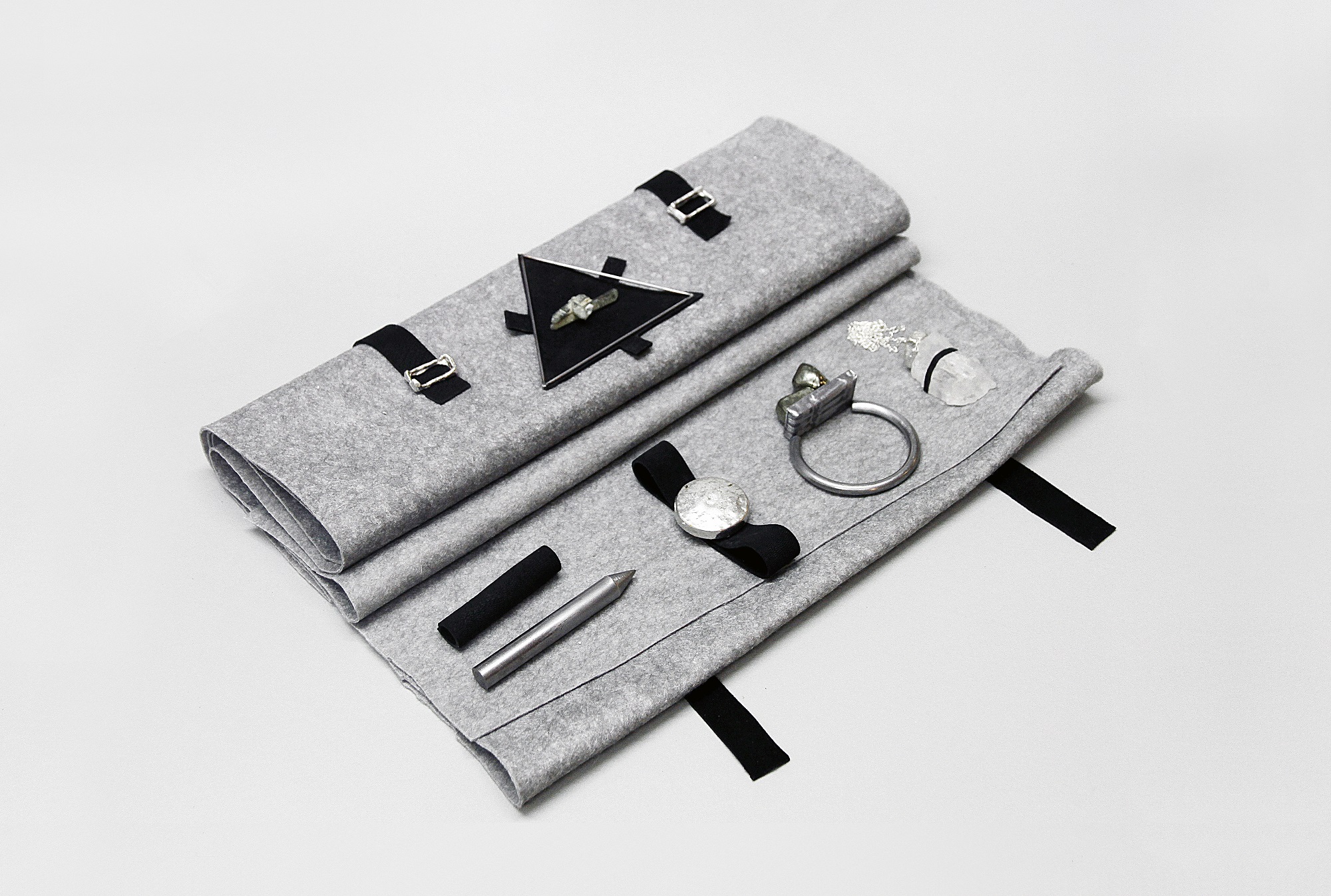Affluenza. Stuffocation. There’s no shortage of punning neologisms when it comes to our uneasy relationship with having too many things. The unease mounts when we enter the territory of quantity and quality, excess and taste: the land of luxury. Whether positioned as luxury’s redeemer or pitted against it, craft is seized upon as an antidote to our disquiet: craft, beautiful and useful, standing in the face of all this useless beauty. With luxury a hot topic, and its dynamic relationship to craft the subject of fierce debate, it is a timely subject for the third triennial exhibition from the Crafts Council and the V&A, opening in April 2014.
It’s a question – What Is Luxury? – that forms the title and central concern of our exhibition. A question, Professor Giorgio Riello, who has recently co-authored a book on the history of luxury, tells me is the opener to any conversation when people learn about his job. Like ‘luxury’, ‘craft’ is a contested term. And, just as everyone enquires of Professor Riello, ‘what is luxury?’, at the Crafts Council we’re ever being asked, ‘what is craft?’ Springing from these two questions, our new show with the V&A considers the complex dynamics between craft, making, materials and luxury.
Exquisite, finely crafted materials resonate with the indulgent pleasures of the senses at the root of the original meaning of ‘luxury’. Luxury brands have seized on this relationship with the handmade, drawing on qualities of provenance, authenticity and skill to promote global big business – luxury is driving ‘a European industrial renaissance’, according to the European Union – and there seems to be no end of spare-yet-lush craft-influenced publications reminding us, as Le Corbusier put it, that ‘the luxury object is well-made, neat and clean, pure and healthy, and its bareness reveals the quality of its manufacture’.
At first the craft world cautiously embraced this trend, riding on the coattails of luxury swiftly away from a long outdated image of the homespun. Now it’s understood the relationship is more complex. For, whilst some brands’ links with craft go back to their origins – Fendi, for instance, played knowingly with the concepts in Craft Punk, at Design Miami 2009 – for others the connection is tenuous: there’s quite some distance between idea and the reality.
As much as in some quarters craft is a prop to luxury, in others it is set in opposition to the excesses of global consumer capitalism. Take Jeremy Deller’s iconic image for the Venice Biennale 2013 of William Morris rising like Poseidon to hurl Roman Abramovich’s luxury yacht out of the Venice lagoon. The work’s title, We Sit Starving Amidst Our Gold might be the logical outcome of Frank Lloyd Wright’s assertion, ‘give me the luxuries of life and I will willingly do without the necessities.’
It is in the context of these cultural trends, and against a backdrop of soaring global economic inequality, revealed in Thomas Piketty’s Capital last year and rendered, by luxury consumption, all too visible in cities such as London, that this Crafts Council and V&A collaboration interrogates and reveals hidden matters of taste, status and values.
To describe the show in easy journalese as ‘bling-tastic’ as Time Out did (September 2012) whilst listing of it as one of the top arts events of the season, is to miss the point. Yes, it features some spectacular objects, finely worked in precious materials. Yet, what curators Jana Scholze and Leanne Wierzba have put together is far more thoughtful, nuanced and provocative than simply a dazzling display of material and skill. Deliberately avoiding any definitive answer to ‘what is luxury?’ the show reflects on the question through a selection of fascinating, at times surprising, works.

Nora Fok’s Bubble Bath from the Crafts Council Collection, for example, is a spectacular necklace that reveals how skillful brilliance can elevate modest materials into a luxury piece: Fok’s work is intricately hand knitted from humble nylon thread. Simultaneously, it plays visually on the experience of luxury: the wearer appears to be floating in an indulgent bath filled with bubbles, the kind of mundane luxury that in the West we often take for granted.
Fok’s is one of several seemingly playful works asking serious questions on value and values. With his Roadkill Diamond, Gunpowder Diamond, and Superman 3 Diamond, Shane Mecklenburger prompts a reevaluation of the relationships between authenticity, preciousness, rarity and systems of value. Gabriel Barcia-Colombo’s DNA Vending Machine causes us to consider the nature of precious materials if the very stuff of life is commodified, whilst Dominic Wilcox’s witty, gilded Luxury Skimming Stone is a reminder that luxury is a product of what we choose to value, to make precious.

Luxury, as these works show, is socially constructed. Before you dismiss that as a banal truism, consider the surprising degree to which quality is a measurable, tangible function of price. A fascinating study by researchers Stanford GSB and the California Institute of Technology demonstrated that price affects real experience of quality, not just perceived quality. In the study, participants were told they were tasting two different wines, one costing $5, the other $45. In fact, they were both the same wine. Yet, functional magnetic resonance imaging showed that the part of the brain that experiences pleasure became more active when the drinker thought he or she was enjoying the pricier vintage. The study is unnerving in its revelation that what’s dear in monetary terms, and so is perceived more rare and precious, is measurably dear to us in terms of pleasure. By the same token, if we know the many hours of skilled craft that have gone in to making an object or garment, might that too enhance our pleasure?
I write this as Apple recently launched its smartwatch collection, a contemporary tech luxury. Time and luxury have always been intertwined, and time is another major theme in the show. Contrasting with a meticulously made George Daniel timepiece, Marcin Rusak and Iona Inglesby’s Time to Yourself tool kit prompts us to cherish the luxury of time free of the chronometer’s rule. Other works remind us that investing in the 10,000 hours necessary to master a skill is itself a luxury. Time Elapsed, a spirograph designed by Philippe Malouin for glassware company Lobmeyr draw patterns of sand in a commentary on the time-intensive process of making fine crystal. Giovanni Corvaja’s Golden Fleece Headpiece, inspired by the mythic object of Jason and his Argonauts’ quest, is made from pure gold wires spun finer than silk. It took 2,500 hours to make, building on Corvaja’s previous ten years of research.

Displaying historical and contemporary works from the Crafts Council and V&A collections, alongside speculative design projects that explore possible futures for luxury, the show invites visitors to consider the role of skilled craftsmanship in creating and transmitting value and, ultimately, to determine for themselves what is luxury.
There is perhaps no more fitting venue for an exhibition that interrogates the notion of luxury in the context of craft than the V&A. Not only because of the museum’s status as a globally pre-eminent museum of art and design situated in one of the most opulently wealthy districts of one of the world’s richest cities. Not only because What is Luxury? shows alongside Savage Beauty celebrating the work of Alexander McQueen, a brilliant designer whose roots, famously, were in an Savile Row apprenticeship in the craft of tailoring. But also, and most satisfyingly, because as a guest on BBC Radio 4’s Desert Island Discs, Sir Christopher Frayling, author of On Craftsmanship and former Rector of the Royal College of Art, many of whose graduates feature in our show, chose for his island luxury the V&A itself.